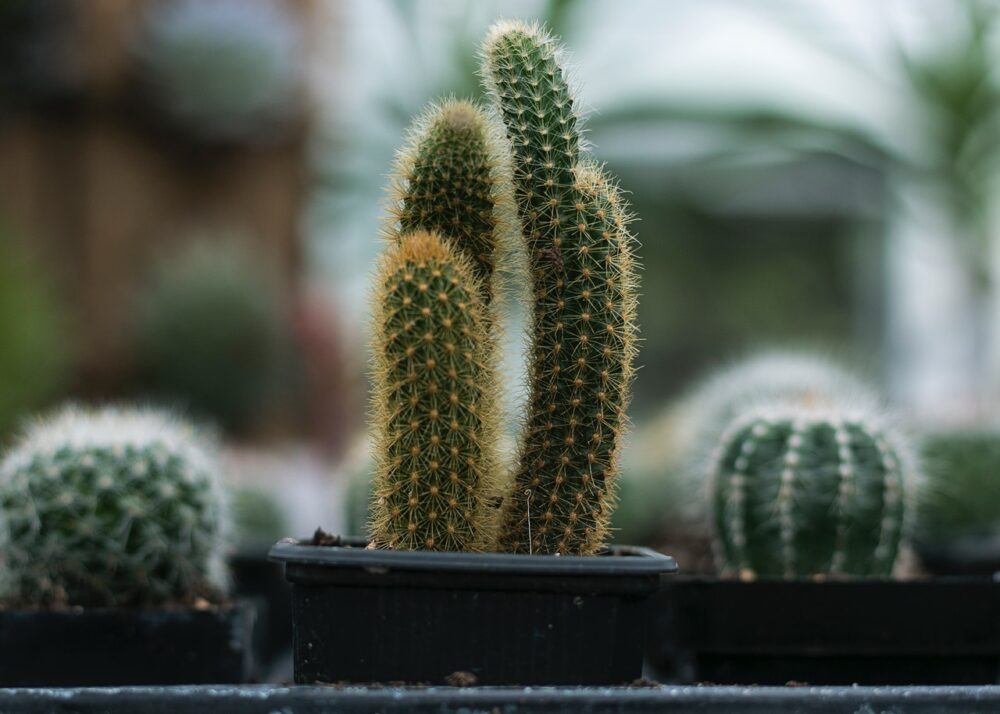Every fan of houseplants has their favorite species. Some people like plants to bloom profusely, with small or large flowers. Some prefer green, succulent leaves, of various shapes and sizes. Often, passionate growers of houseplants also have a variety of specimens, constantly enriching their indoor garden with new pots. Each new plant is also a challenge, because it is necessary to meet its needs for water, light, nutrition, protection from diseases and insects.
If the cactus is a plant to your taste, or you received it as a gift, you must have inquired, and maybe you already know that it does not require too much effort and some special growing conditions. It is a prickly plant, succulent, of various shapes (globular, columnar, slender and cylindrical), they have brightly colored flowers, and they themselves have more colors. Some are bright green, some gray, brown … it all depends on the type and place where they are grown and you can choose one at succulentmarket.com
Despite your knowledge, effort, affection and attention, it can happen that the cactus begins to slowly fade and wither. There are several signs, or better say symptoms, that this is happening and you will surely notice them if you regularly deal with your plants and observe their growth and development.
Color loss
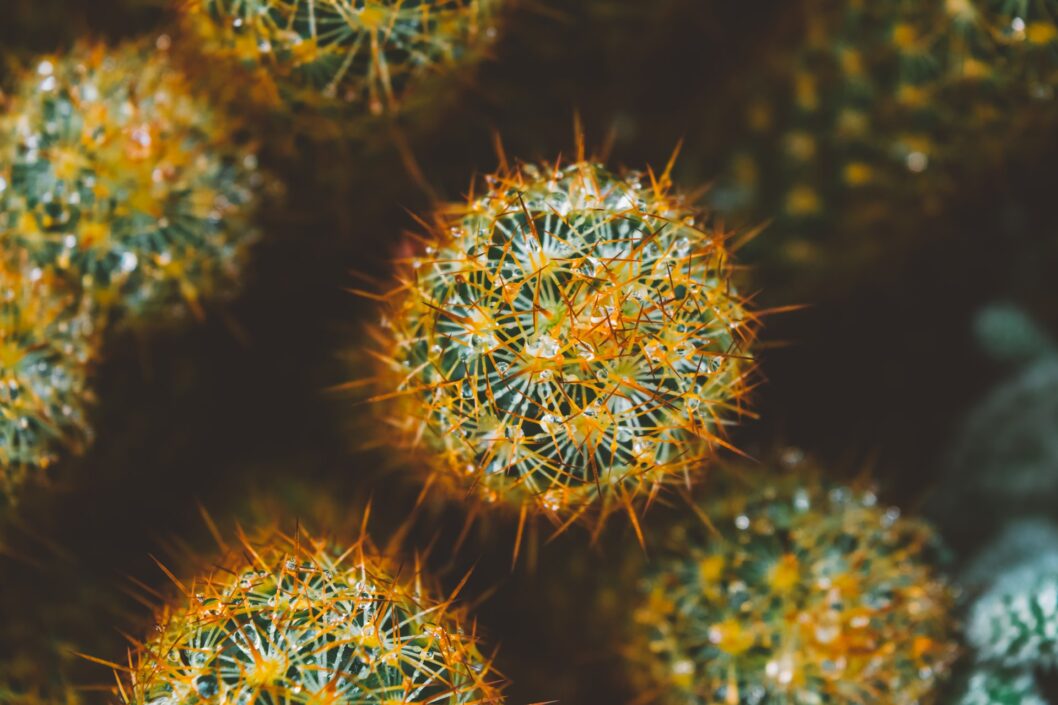
Source: unsplash.com
Discoloration is one of the early signs of cactus dying. If you notice that the cactus becomes yellow or brownish, at the top, or at the bottom, near the roots, it is a sure sign that it is drying out. It should be considered whether it may have been watered a long time ago or we may have overdosed on the humidity in the room, these are the reasons why the cactus loses its vitality. Maybe it has to do with light. Cactus, as a desert plant, loves strong light and heat. It is his natural environment. It can happen that our apartment is on the north side, that we have a few windows and sunlight, so that could be the reason for the decolorization. This is a situation when you need to react and move the plant to a sunnier place and reduce the amount of water in the soil or in the humidity in the room.
Instability
It is possible that we will discover quite by accident that our cactus is unstable and moves at the root. This is a rather bad sign and is often a symptom of drying or root rot. Sometimes the reason is a weak root, insufficiently developed, which is not able to hold the body of the plant. Whatever the cause of the cactus swaying, this problem will be difficult to solve. In this case, we will most likely have to say goodbye to him and replace him with another.
Smell
We know that the cactus is a plant that captivates with its visual beauty and unusualness, but that the scent is by no means its trump card. There are no cacti with a natural scent, but something else can be a signal that a cactus is suffering from us. It’s the smell of rot or some specific stench coming from it. It is also a bad sign and it is clear that the rot occurred irreversibly. Probably most of the plant is completely rotten and all you have to do is come to terms with the fact that it is impossible to do anything in that case.
Soft parts
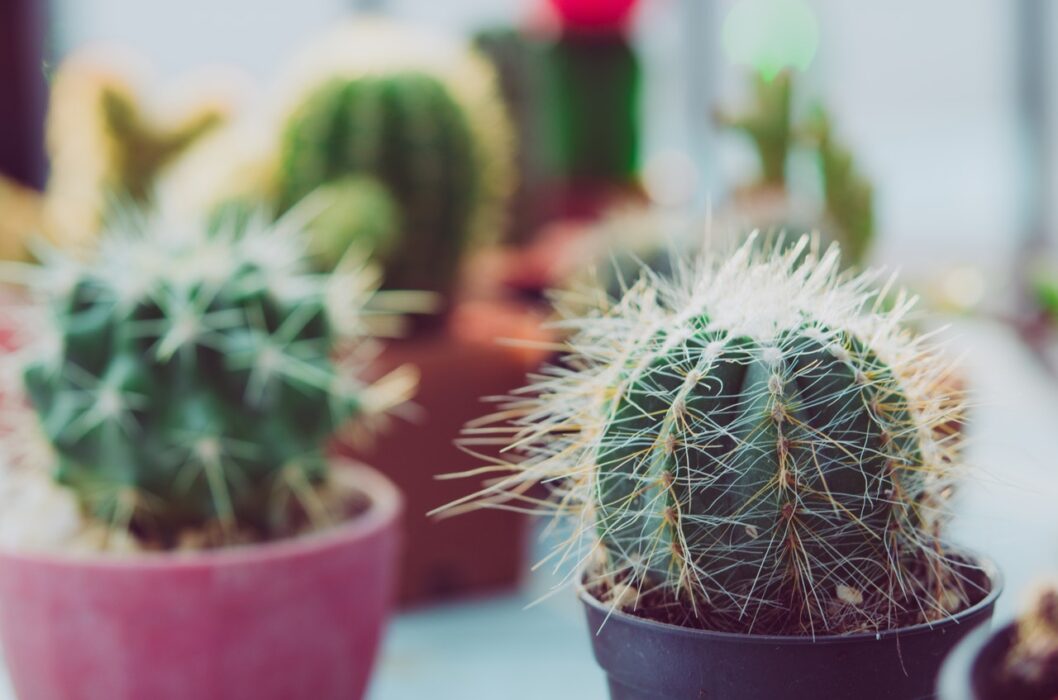
Source: pexels.com
In some situations you may find soft parts on your cactus. It is not something that is characteristic to a cactus. It has a firm consistency when it is vital and healthy. If you notice that some parts are soft, and often accompanied by a change in color, it is clear that the disease has attacked your plant. Maybe it’s parasites or fungi, and maybe something else. The cactus is the target of a whole spectrum of diseases, so it is not impossible for something like that, unfortunately, to happen. If the disease has not progressed, it is possible to apply various insecticides or fungicides and help the plant to heal.
How to save a cactus?
We should definitely try to cure and preserve our plant, if at all possible. Of course, the smell of rot says that it is impossible, or a cactus that has rotted, to the extent that the root no longer holds it. But in some situations, our intervention can be quite successful and effective.
Transplantation
Transplanting can be very effective. You can take a larger pot, add more soil (adequate mixture of sand and soil for cacti), inspect the condition of the roots and cut off the rotten parts, if necessary.
Healing
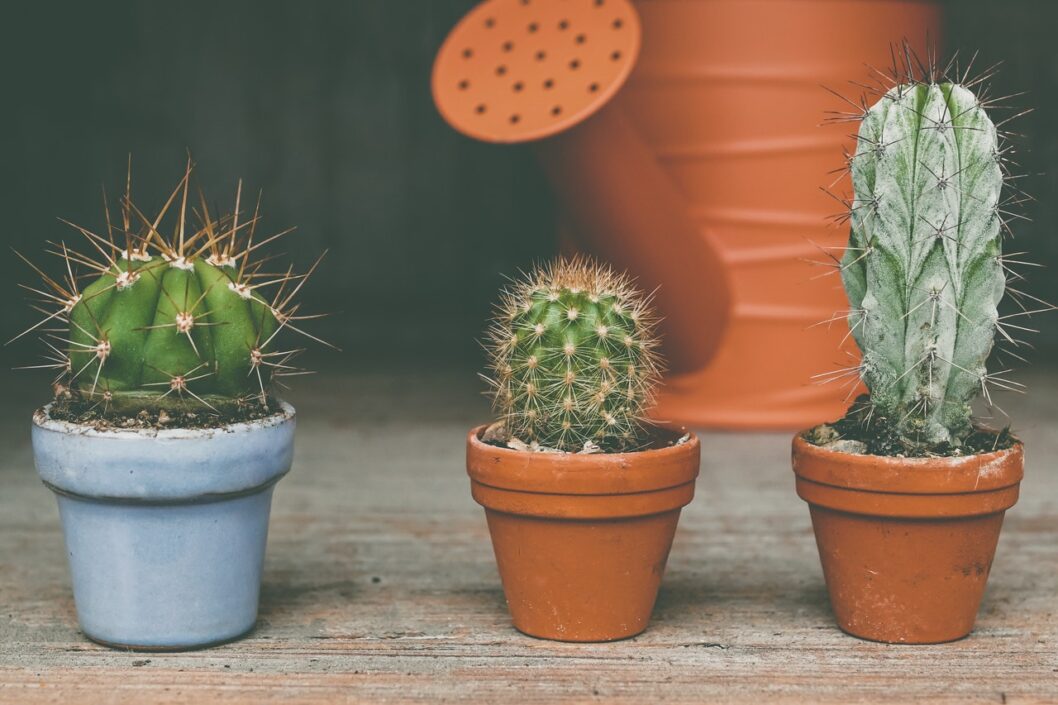
Source: pexels.com
If it is a disease, in addition to being able to consult a professional or experienced, we can buy chemicals in a specialized herbal pharmacy that successfully treat and prevent the return of the disease. Also, we can get a diet that contains minerals and vitamins, and is especially intended for cacti. You should never use any supplements that are not for the characteristic type of plants.
As little watering as possible
As we mentioned in the previous text, cacti almost do not need watering. Very rarely and they need small amount of water. As they progress, you will best assess whether you are watering and nurturing them properly.
Quick intervention
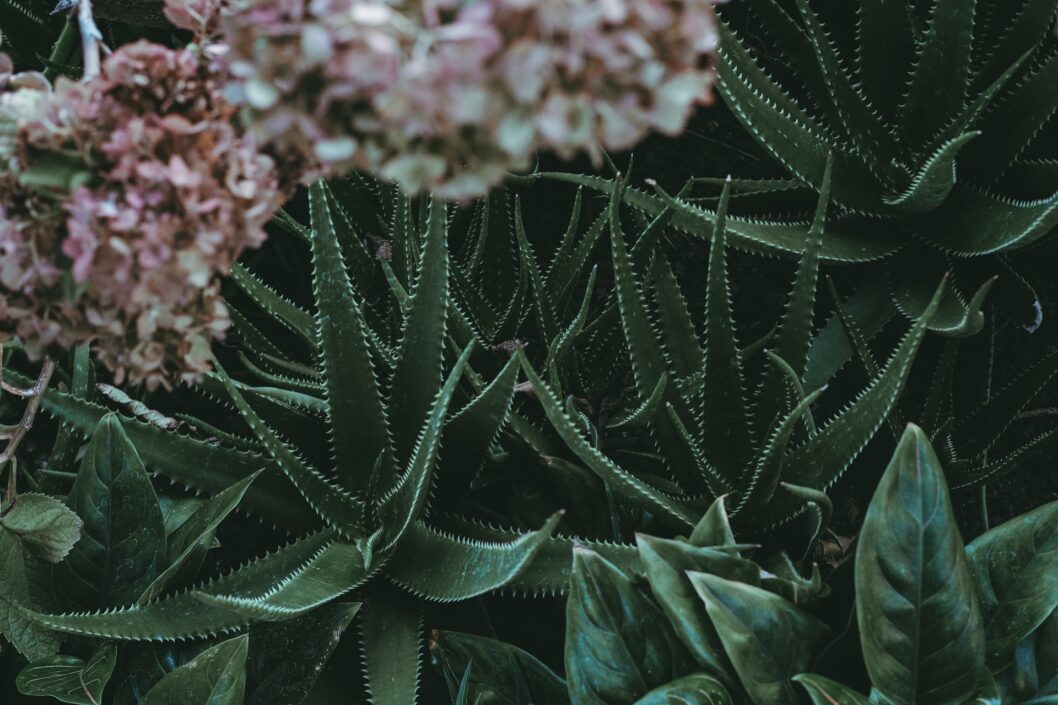
Source: unsplash.com
Sometimes the most important thing is to react quickly, determine the condition of the plant and analysis to come to a conclusion about what is happening to it and what is bothering it. Whatever it is, if its status is not hopeless, a quick and adequate response can be successful and saving.
Conclusion:
Although cacti are not demanding and do not need excessive engagement, like all plants, they can get sick and start to wither. It is best to be well informed, before buying, to think about whether we have the right conditions for growing such a special species or not. If we are not able to provide the cactus with a lot of light and heat, it is best to give up and choose another plant. When choosing a cactus, we should take into account both its size and growth potential.


